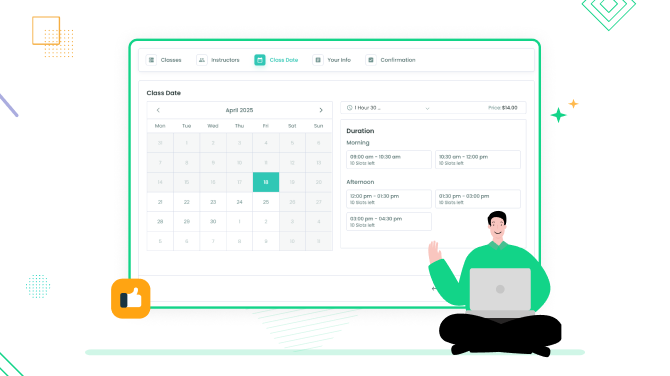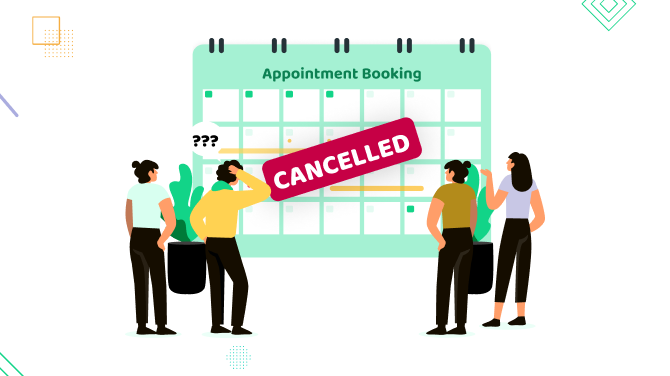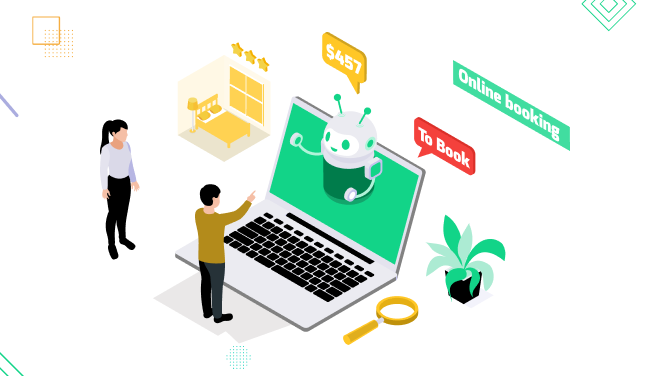How to Build Strong Customer Referral Program for Small Business

Smart businesses are using a customer referral program to supercharge organic customer growth.
As a small business, you can do that too – not without some basic math, analytical skills, and marketing research, though! But we are willing to help you with this today.
We’ve prepared a well-structured and brief yet comprehensive guide about the process of building a customer referral program for a small business, including coaches, cleaning companies, beauty salons, and hundreds more!
Basic terminology in the simple language below:
Promoter: Someone who tells their friends about your product or service.
Referred friend: Someone who discovers a product or service through a friend’s recommendation.
Referral conversion: When the friend signs up and joins the fun!
Program landing page: The website page that explains details of your referral program.
More educational tutorials:
- How to Build a Profitable Service Booking Website
- How To Raise Customer Attendance Rate
- How to Enable Clients to Tip Your Staff Online
Let’s start with an example of the coffee beans business
Before we describe all those steps that the process takes in theory, let’s take a look at the example of a customer referral program advertised by a small business of Lifeboost Coffee, a business focusing on coffee beans and ground coffee. We’ll use examples about this business in this marketing referral program guide.
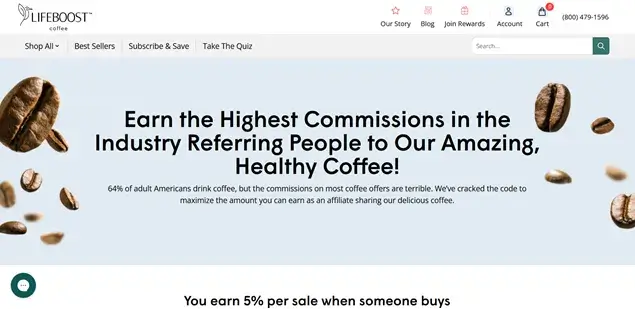
And take a look at their referral program details:
Program type: Two-sided initiative.
Reward: 5% per sale.
How to earn a reward: Customers need to register in a specialist platform, Share a Sale, where they can get a unique link they can then share via text, email, or social media. The cookie’s duration is 30 days. The coffee company also includes special coupons and seasonal promotional opportunities.
Payment methods: PayPal.
Service used: Share a sale (part of Awin).
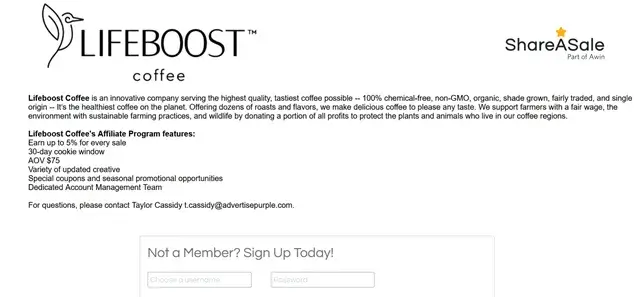
So, that means that coffee lovers who prefer mycotoxin-free and pesticide-free organic coffee can easily refer their link-minded friends with one link in a WhatsApp message – and get a reward, earning the coffee company a new client. Their shipping abilities are vast, so think of the deal as closed!
Fun fact: the same company was advertising their referral program with a much higher reward of 10% in the past. That could be either a simple penetration price strategy – or they have changed it after tracking the process and calculating their income in relation to the referral program. So always make sure to track and alter the program if needed.
Step 1. Learn more about your current customers before you launch a referral program
Before you set your mind to create a suitable customer referral program and launch it via your channels, you should understand who your customers are and why they would want to participate in your program beyond just earning a few extra bucks.
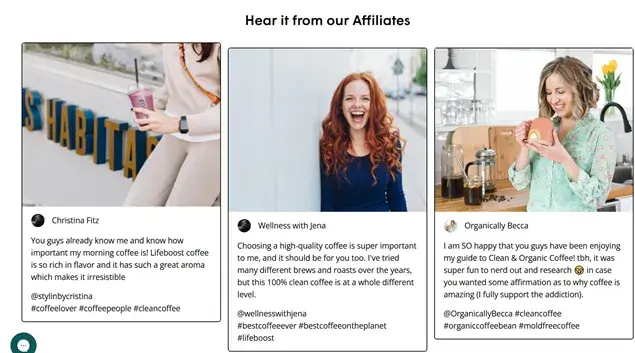
Understand your ‘customer persona’
Understand their motivations, needs, and how your business helps them in their life, and what they value. This helps you make your referral messaging truly resonate with customers.
Define referral incentives and regulations
Study the types of incentives and choose those that align with your customers’ interests. Discounts, exclusive experiences, monetary rewards, or something else? You know better! Consider two-sided incentives for both referrer and referred, and keep the process for them simple.
Find advocates for your program
Now, time to go through the list of your emails, social media subscribers – or any other channel you use. Identify your existing customers who can be brand advocates and start reaching out to them. Of course, get ready to explain the benefits of your program.
Choose a referral tracking method
How are you going to technically operate your referral program? There are manual and automatic methods.
Manual methods:
- coupons/discount codes: assign unique codes to each customer.
- referral forms: create forms where customers enter referred user details.
- spreadsheets: track referrals, conversions, and rewards manually with traditional spreadsheets.
- gift cards/prepaid cards: purchase and manually distribute physical or digital gift cards.
- direct payments: manually transfer rewards through payment gateways.
Automatic methods:
- referral software/platforms: such platforms (e.g. Referralcandy, Friendbuy) handle tracking, communication, and reward distribution automatically.
- unique referral links: each customer gets a personalized link for tracking referrals and conversions.
- API integration: integrate your referral platform with your CRM or email marketing tools.
- automated reward delivery: Integrate with reward providers for automatic redemption of discounts, points, or other incentives.
Step 2. Launch and promote your referral program for small business
Your next step would be to design and launch your landing page/website page/social media page that will tell about your customer referral program.
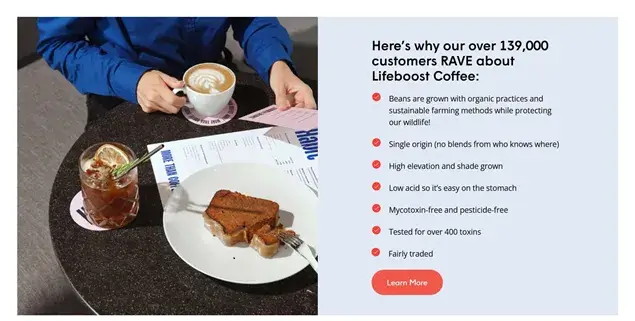
Create a program name and tagline
Come up with a unique name suitable to your program, specifically tailored to your business name. It should be a compelling and memorable name!
Create a dedicated landing page
Think of all the details that your program landing page must showcase, such as:
- Reward.
- Benefits of the referral program.
- Explain the system of how referral links or codes work.
- FAQ (optional).
- Contact form (optional).
Think of the design, images, and call-to-action buttons.
Promote the program across channels
Once your landing page is published, use all your possible channels, such as email lists, social media, blog posts, website banners, etc. to promote it. Integrate your referral program to welcome emails and customer service interactions. Print flyers or include program details in invoices/packaging.
Partner with influencers
Buy ads in the local podcasts, YouTubers, and social media influencers in your industry to spread the news to those who might like it.
Step 3. Track the performance of your referral program and optimize it
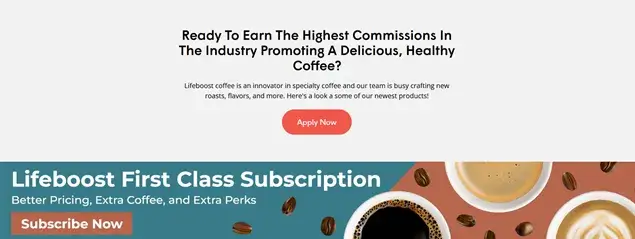
If you want to get the most out of your program, you should put effort into improving your program to optimize it for long-term growth.
Analyze data and iterate
Regularly analyze the performance of your referral program and use your data to see what’s working and what’s not. Make adjustments to your program to make it work for your growth.
Run A/B tests
When you don’t see any growth, maybe it’s time for a test. Test different versions of your referral message, landing page, and incentives to understand what works best.
Step 4. Build stronger relationships with your customers
Find a happy medium between a personalized but not annoying referral program.
Personalize your communication
Use customers’ names and tailor your promo messages to their interests and past purchases to personalize client referral programs.
Reward top performers
Help your most motivated referrals earn even more! Recognize and reward your most successful advocates with additional incentives or exclusive benefits.
Go beyond just asking for referrals
Make sure to put more energy into your customer referral program – provide valuable content, resources, and support to your advocates to build stronger relationships:
- Show appreciation.
- Respond to feedback.
- Build a community.
- Run referral contests or challenges.
Make sure your marketing referral program follows all the rules about data privacy and protecting consumers. It’s important to stay compliant with regulations.
Conclusion: Word-of-mouth Marketing is a Topline Revenue Strategy in 2025
You can create a powerful revenue-generating strategy from your referral marketing program – and boost customer loyalty at the same time. It all takes time and effort, and you should set yourself into the ‘improvement’ mindset to be able to polish a program along the way. As a small business, you will surely see fruitful results from referral program marketing!

Get BookingPress Premium
50+ Premium Addons
20+ Payment Gateways
Plan starts at just $79
Get Premium Now




